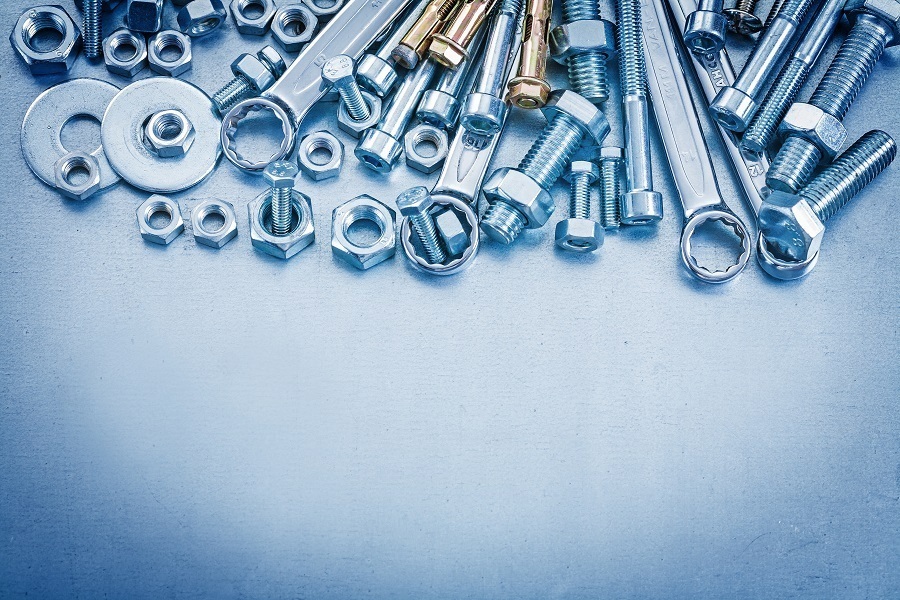Last updated on
As time goes by, things like friction and joint movements can cause bolted nuts and other types of threaded fasteners to become looser over time. This is where lock washers come in handy, to hold those objects in place and prevent them from turning, slipping, and becoming loose because of vibration and torque. They are an economical option and can be used to hold threaded fasteners stable for a long time.
In general, lock washers come in many types and sizes, all of which are used for different purposes such as manufacturing and other structural applications where loose connections can lead to safety issues.
Read on to learn everything about lock washers, including how they work and how you can use them properly.
What's Inside
The Basics

A lock washer is designed to reduce the loosening of screws and bolts and distributes the weight of the fastened object better. When installed in equipment or machines, bolts can lose their grip over time and find their way out from the threading hole. This is where lock washers can be used to secure the bolt in its place.
Even if there are heavy vibrations produced by the equipment or machine, the bolt won’t be loose if properly secured with a lock washer.
Types of Lock Washers
Generally, there are three primary types of lock washers used by engineers. These are split lock washers, external tooth lock washers, and internal tooth lock washers.
For example, split lock washers are non-continuous rings that provide further pre-load on screws. They tilt every finish slightly outside in opposite directions.
External tooth lock washers have teeth on the outer diameter and provide the most torsional resistance. Their main use is to lock deep-headed fasteners into place.
On the other hand, internal tooth lock washers have teeth on the inner diameter which conjointly absorb vibration. They are designed to lock shallow-headed fasteners into place.
Assembling a Lock Washer
You can start by placing the lock washer under the threaded fastener. When used correctly, the lock washer will ensure that the nut and other threaded fasteners are in place.
Next, ensure that the washer fits tightly against the fastener. To achieve tight connections, the washer must be pressed against both the threaded fastener as well as other surfaces. If you didn’t achieve a tight connection, press down on the fastener. This is particularly important for lock nuts, which require that the grooves of a toothed washer be locked with the grooves of the nut.
You can tighten your nut, threaded fastener, or bolt for small jobs by turning a wrench clockwise until it is firm. For larger projects, look in the manual for assistance, the nut head markings, or your manual for a precise torque value. Then, use a torque wrench to tighten your fastener to your desired amount.
Check to make sure your lock washer is working properly. If the washer isn’t working as it should, loosen or replace the threaded fastener.
Removing Lock Washers
To remove a lock washer you need to first take out the nut or threaded fastener that holds the washer in place. Attach a basic wrench, vise-grip, or another tool to turn the washer counterclockwise. You can use a pipe wrench to remove stuck nuts or threaded fasteners.
If you have to remove a split washer, be sure to place your screwdriver head under the washer or inside the washer. If you are removing a washer that has teeth, place your screwdriver under the tooth and push upwards. Repeat this process with additional teeth as needed.
For other washers, you will need to place your screwdriver under the washer and push it upwards.
However, keep in mind that the washer may break if it is subjected to too much pressure. Spray the washer with lubricant if you are unable to remove it. It is essential not to use a washer with a split lock or one that has been damaged.
Final Thoughts
There are many styles of lock washers, but all work the same way. Some washers are made from a single ring of metal, while others have split or cut open and can even have inner and outer-facing teeth. They protect bolts from loosening when they are exposed to vibrations.
For more information on what lock washers are, refer to our post and learn everything you need to know about this common hardware piece.




